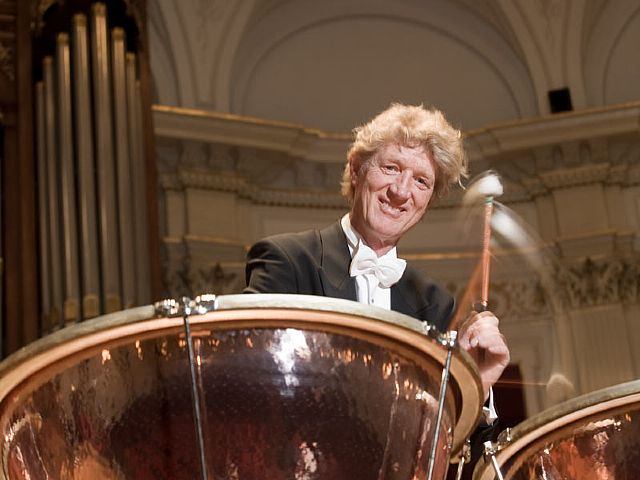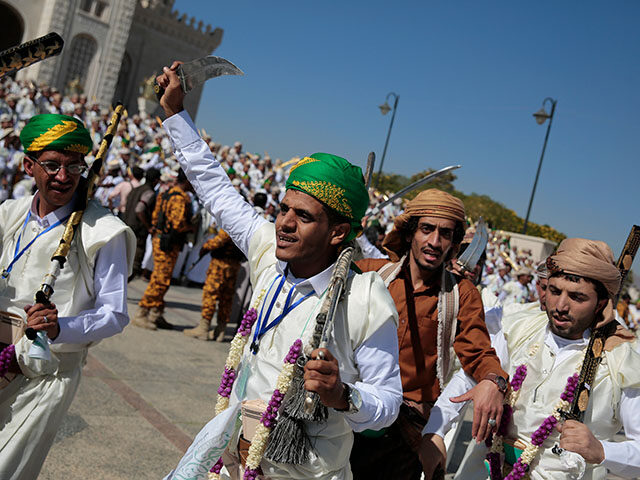Yemeni music, with its rich tapestry of sounds and rhythms, offers a captivating glimpse into the cultural soul of Yemen. Spanning centuries, the evolution of Yemeni music reflects the nation’s complex history, diverse influences, and the resilience of its people. From its deeply rooted traditional origins to the vibrant modern influences of today, Yemeni music continues to be a profound expression of its cultural heritage.
Traditional Yemeni Music: A Deep Connection to the Land
Traditional Yemeni music is deeply intertwined with the country’s history and cultural practices. The music of Yemen is characterized by its unique melodies, rhythms, and instrumentation, which have been passed down through generations. Central to traditional Yemeni music are its distinctive instruments, including the oud (a type of lute), qanbus (a traditional stringed instrument), and the mijwiz (a type of double-piped reed instrument).
The songs themselves often feature intricate vocal techniques and are performed in a variety of traditional styles. One of the most notable forms is the Mawwal, a genre of folk music characterized by its poetic, improvisational lyrics and expressive delivery. Mawwal songs are usually performed solo and are a prominent feature of weddings and other celebratory events in Yemen.
Another significant form is the Al-Bar’, a genre of music associated with the tribal culture of Yemen. Al-Bar’ music often involves call-and-response singing and is accompanied by rhythmic drumming. This style of music plays an important role in communal gatherings and rituals, serving both as a form of entertainment and a means of reinforcing social bonds.
The Influence of Regional and Global Cultures
As Yemen’s geopolitical situation evolved, so too did its music. Historically, Yemen’s location at the crossroads of Africa and Asia made it a melting pot of diverse cultural influences. The ancient trade routes that passed through Yemen brought with them a variety of musical traditions from across the Arabian Peninsula, North Africa, and beyond.
During the Islamic Golden Age, the influence of Arabic classical music became prominent. The introduction of Arabic poetry and musical forms enriched Yemeni music, incorporating new scales and rhythms. This period saw the integration of sophisticated melodic structures and intricate rhythmic patterns into traditional Yemeni music.
The 20th century brought about even more significant changes. The advent of radio and television opened Yemeni music to a broader audience and facilitated the exchange of musical ideas. As Yemen began to modernize, Western musical styles and technologies started to make their mark. The introduction of electric instruments and modern recording techniques transformed Yemeni music, blending traditional sounds with contemporary influences.
The Emergence of Modern Yemeni Music
The late 20th and early 21st centuries witnessed a dynamic transformation in Yemeni music. Modern Yemeni artists began experimenting with new genres and styles, fusing traditional elements with contemporary sounds. This period marked the rise of a new generation of musicians who sought to both preserve and innovate within the realm of Yemeni music.
One notable development was the incorporation of pop and electronic music elements into traditional Yemeni songs. Artists began to use synthesizers, drum machines, and electric guitars, creating a hybrid sound that resonated with younger audiences. This fusion of old and new helped to rejuvenate Yemeni music and attract international attention.
In addition to musical innovation, the growth of digital platforms and social media provided Yemeni musicians with new avenues to reach global audiences. Platforms like YouTube and Spotify allowed artists to share their music with listeners around the world, further blending Yemeni music with global trends.

The Role of Yemeni Music in Social and Political Contexts
Yemeni music has always played a significant role in the social and political landscape of the country. Throughout history, music has been a medium for expressing cultural pride, political dissent, and social commentary.
In recent years, the ongoing conflict in Yemen has had a profound impact on the music industry. Despite the challenges posed by war and instability, Yemeni musicians have continued to use their art as a means of resistance and hope. Music has become a tool for raising awareness about the humanitarian crisis and advocating for peace.
One example is the work of artists who have used their platforms to highlight the plight of displaced communities and advocate for human rights. Through powerful lyrics and evocative performances, these musicians provide a voice for those affected by the conflict and offer a sense of solidarity and resilience.
Preserving the Legacy: The Future of Yemeni Music
As Yemeni music continues to evolve, the challenge of preserving its rich heritage while embracing modern influences remains a central concern. Efforts are underway to document and archive traditional musical forms, ensuring that future generations can connect with their cultural roots.
Cultural institutions, both within Yemen and abroad, are working to support and promote Yemeni music through festivals, workshops, and educational programs. These initiatives aim to celebrate the diversity of Yemeni musical traditions and foster a greater appreciation for the country’s unique cultural contributions.
At the same time, contemporary Yemeni artists are finding innovative ways to honor their musical heritage while pushing the boundaries of traditional genres. By blending old and new, these musicians are creating a vibrant and dynamic musical landscape that reflects the complexity and richness of Yemeni culture.
Conclusion
The evolution of Yemeni music is a testament to the enduring power of cultural expression. From its traditional roots to its modern influences, Yemeni music continues to be a source of pride, identity, and resilience for the people of Yemen. As the country navigates a period of profound change, the Yemen music remains a vital thread in the fabric of its cultural heritage—a living tradition that bridges the past and the present, and looks toward a future of continued innovation and expression.










